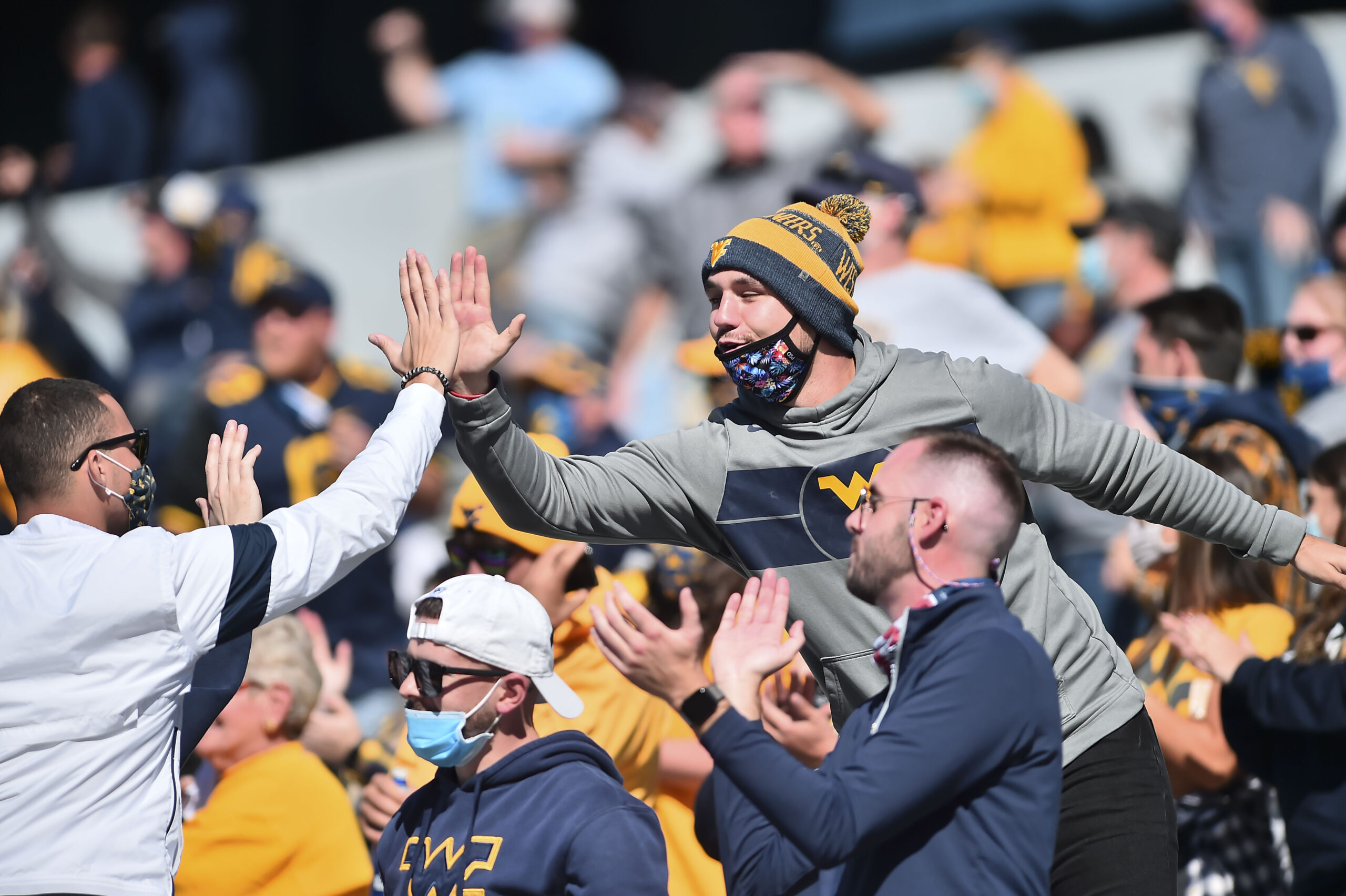COMMENTARY
Most of us spent the spring and summer hoping and praying there would be a college football season. When the NCAA tournaments were wiped out due to COVID-19, the sports world as a whole stood still.
The NBA and NHL immediately stopped playing. MLB pushed back its opening day with no idea when it would resume. High school basketball teams were taken off the court in Charleston, which prematurely ended the winter sports season and then to the cancellation of the entire spring season.
No one knew what the future held, but eyes were already gazing toward September, especially in a college town like Morgantown, and what the college football season was going to look like.
WVU was a couple weeks into spring practice when it was forced to shut down March 12, and now, here we are almost exactly nine months later, and the regular season finale against Oklahoma will not be played due to virus concerns within the Mountaineers’ program.
It feels like we’ve come full circle, but what’s inside that circle is the big picture. There were months of doubt, and many times, it felt like that circle would be hallow with no college football season at all.
In March and April, WVU coach Neal Brown and athletic director Shane Lyons were asked over and over what they thought the 2020 season would look like or if it would be played at all. The words “optimistic” and “hopeful” were thrown around a lot, but Brown nor Lyons had a clue, and why would they?
As the summer wore on, COVID-19 numbers seemed to be under control, and MLB, the NHL and NBA got going again in July and August. The NFL seemed to be on pace to kickoff its regular season on time, so normalcy seemed to be returning to the sports world.
WVU took the necessary steps to try and ensure football was played, if the Big 12 allowed. The first snowball was the cancellation of all but one nonconference game, and WVU missed out on a showcase game with Florida State in Atlanta and a rivalry renewal with Maryland.
But the Big 12, along with the ACC, stood tall and did not follow suit with the Big Ten or Pac-12, and decided it was going to play a full conference slate, plus one nonconference opponent. It even built in weeks for postponed games to be played toward the end of the season.
Now, here we are in December with the Mountaineers’ regular season abruptly at an end. COVID-19 cases are rising again all over the country, and college football games are being canceled far more frequently than they were two and three months ago.
But as disappointing as it is that WVU won’t have a shot at the top-10 Sooners on its home turf, and many seniors will not have a chance to run out onto Mountaineer Field one more time, it’s hard to not be thrilled with what we got.
Even those of us who are typically “glass-half-full,” there were times it felt like there was no shot at seeing football this fall, at any level. There were times it felt like Milan Puskar Stadium would be empty. There were times it felt like we should just try again in 2021.
But for WVU, it got nine games under its belt, while other programs wish they could have played that kind of season. With the eligibility freeze, we got to see growth from a young team in the second year of its head coach, which will now finish with a winning record (bowl game pending).
We got to see Mountaineers football.
I share in the disappointment, but it’s hard not to feel like we got more than we could have hoped for.
Tweet @SeanManning_1




